
 |
Public art for the sake of commemoration, commercialization, and demarkation—as well as for art's sake itself—can be found throughout London. Those are the kinds of sculptures featured on this page. For war memorials, and memorials of other types, see these other pages. For larger versions of these pictures, the ones on the other memorials page, and more, check out this Flickr set.
Many of these statues could easily be described as heroic, such as these two. Achilles, on the left, is in Hyde Park. And St. George, on the right, is in a roundabout near Regent's Park.
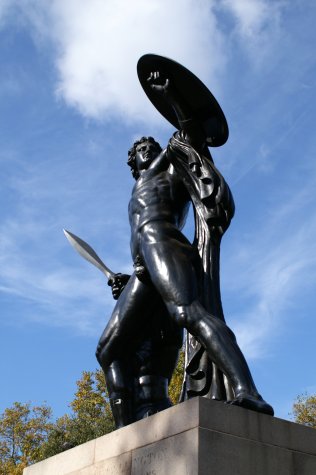 |
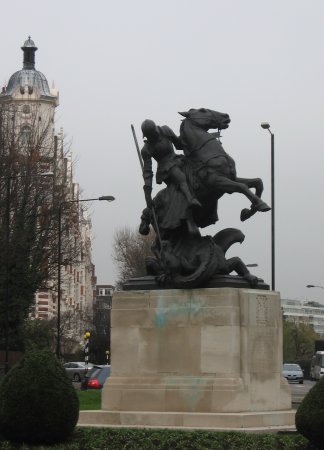 |
Here are two more modern examples: a celebration of the dance—Jeté—near the Tate Britain, and a colorful plastic creation in Trafalgar Square.
 |
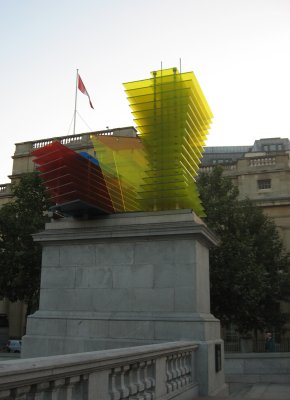 |
Even more contemporary, at least in appearance, are these two pieces. On the left is the very odd sentinel near the Institute of Contemporary Arts and on the right, a very odd contortionist in the British Museum.
 |
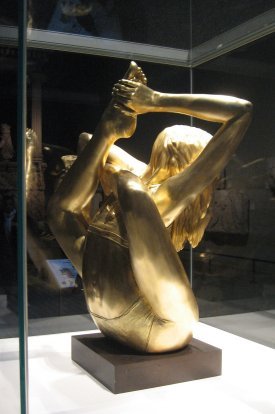 |
Back to Victorian sculpture, but not as traditionally heroic, you have Physical Energy, at a crossroads in Hyde Park:

The following two pieces are not purely decorative. On the left, the Temple Bar serves a more ceremonial function today than it used to, marking the western boundary of the City of London, where Fleet Street becomes the Strand. In historical periods when the City was more of a distinct entity from, say, the city of Westminster, the boundary regulated traffic and trade coming in and out. This history is echoed today by an annual symbolic ceremony between the City's mayor and the Queen. Another City boundary marker is on the right, this time along the Victoria Embankment. [NOTE: My blogging friend Emm in London has a post which includes more information about the London boundary dragons, including a link to a map showing all of them—there are many more than we took pictures of!]
 |
 |
An example of sculpture used for marking a commercial establishment is this sign heralding a section of the Camden Lock Market:

Closing on a more heroic note, we have this impressive Sphinx near Cleopatra's Needle, again on the Victoria Embankment. The dings on her base are mementos left by a German bomb which exploded not far away. Not, however, during the World War II Blitz, but in 1917, when bombardment of cities was in its infancy as a weapon of war. In London, even statuary not intended to serve as a war memorial does so.
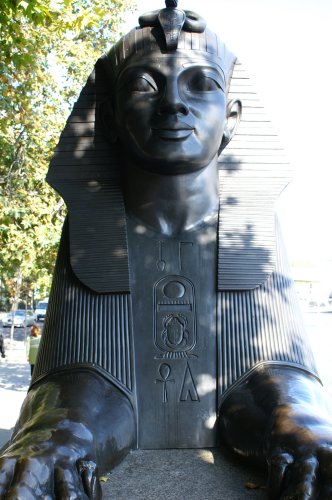 |
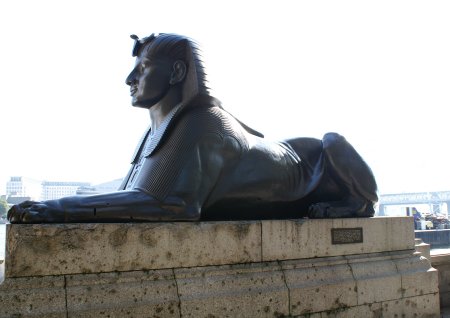 |
 |
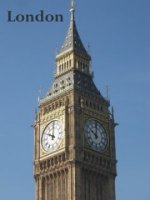 |
Back to Dream Season home • Back to London home • Back to War Memorials